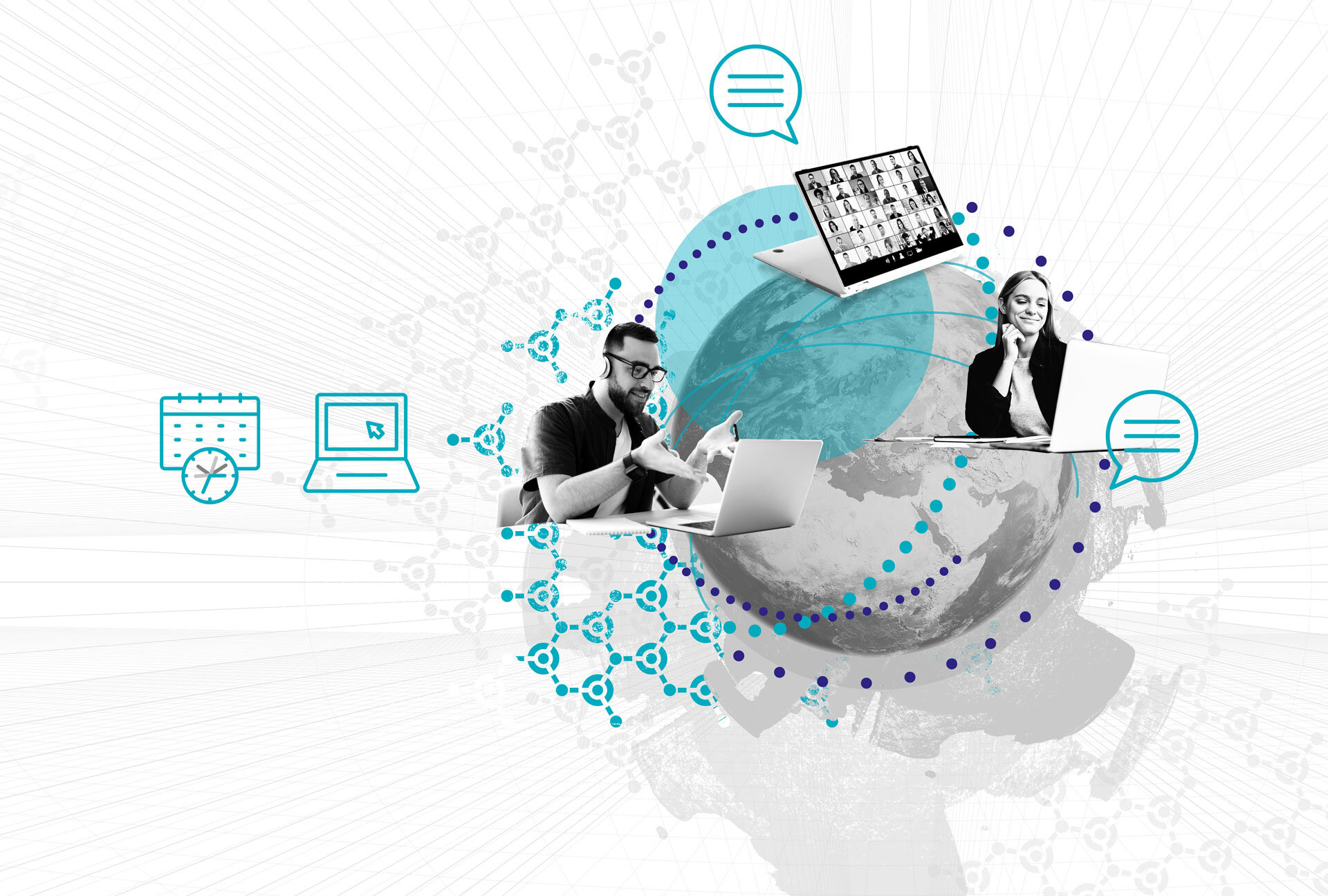What About Data Lineage?
In today’s data-driven organizations, ensuring trust, transparency, and compliance in data usage is more crucial than ever. A foundational component that enables these outcomes is data lineage mapping. It provides a visual and logical understanding of data’s journey — from its origin in source systems through various transformations to its final destination in dashboards and reports.
In this article, we’ll explore what data lineage is, why it matters for modern data teams, and how to implement it effectively using both manual and automated approaches. Whether you’re just beginning or optimizing your governance strategy, this guide will help you start small, scale smart, and deliver value early.
In this article:
What is Data Lineage?
Data lineage is the process of tracking and visualizing the lifecycle of data as it moves through systems, transformations, and uses. It maps how data flows from source to destination — including every stage it touches along the way, such as staging areas, data warehouses, and reports.
For example, in a typical setup, customer data might originate in a CRM system, move through ETL pipelines into a cloud data warehouse, and end up in a business intelligence report. Data lineage helps answer: Where did this data come from? What transformations were applied? Which systems and people interacted with it?
Why Data Lineage Matters
- Compliance and Regulation: Many regulations like GDPR and HIPAA require data traceability. Having data lineage helps organizations meet legal obligations by showing how personal or sensitive data is handled.
- Trust and Transparency: Business users gain confidence in the reports they rely on when they can understand the data’s origin and the processes behind it.
- Impact Analysis: With a clear lineage, you can instantly identify which reports or models are affected by changes in source systems or logic.
- Improved Decision-Making: Accurate, well-understood data leads to better business decisions and more effective use of data products.
- Strategic Enablement: As more people understand your data ecosystem, collaboration improves, and innovation becomes more achievable.
Simple Example of Data Lineage
Let’s break down a basic data lineage flow:
- Source: A CRM system collects new customer data.
- Processing: ETL processes extract the data and load it into a cloud data warehouse (e.g., Snowflake).
- Transformation: Business rules are applied in staging or modeling layers using tools like dbt.
- Output: The processed data is visualized in a reporting dashboard (e.g., a compliance report named CS-3239).
Each of these steps can and should be documented and tracked in your data lineage tool or framework. This becomes essential when something breaks, or compliance auditors ask for data traceability.
Capturing Data Lineage: Manual vs. Automated
Manual Mapping
In the early stages, manual mapping is a valuable exercise. Use tools like Excel, Visio, or Lucidchart to map one high-impact report end-to-end. Identify where the data comes from, how it’s transformed, and where it’s consumed. This approach is resource-intensive and doesn’t scale, but it’s a powerful first step for:
- Understanding your data landscape
- Validating with data owners and stewards
- Testing your understanding before committing to tooling
Automated Tools
For scalable implementation, automated data lineage tools are essential. Options include:
- Datahub
- Collibra
- Informatica
- Microsoft Purview
- OpenLineage
These tools automatically gather metadata from your systems and visualize data flows. However, automation still requires configuration, integration, and validation. No tool does it all out of the box.
Best Practice: Integrate your data lineage with your business glossary and data catalog. This creates a connected governance ecosystem, where clicking on a data object reveals lineage, definitions, and ownership.
Quick Wins to Get Started
Here’s a practical, proven strategy to build momentum:
- Start Small: Identify one critical report or dataset that is heavily used or often misunderstood.
- Map Manually: Trace its data lineage from source to consumption. Focus on transformations and logic.
- Validate: Work with data owners, analysts, and engineers to validate the map.
- Test Tooling: Use this one case to evaluate lineage tools. Compare ease of integration, visibility, and automation.
- Integrate: Tie lineage into your broader governance structure — glossary, catalog, ownership, and quality.
This approach helps you avoid “big bang” governance failures. Starting with a focused win builds trust and demonstrates value to other teams.
Common Pitfalls to Avoid
- Overengineering: Avoid making your first project too large. Focus on delivering a working example fast.
- Ignoring Technical Setup: Before choosing a tool, check with your engineering teams. They may already be using dbt or similar tools that support lineage.
- Lack of Collaboration: Governance is a team sport. Include data stewards, engineers, analysts, and business users.
Key Takeaways
- Data lineage provides control and clarity over your data landscape, enabling better decisions and easier compliance.
- Start small and iterate. One validated report lineage is worth more than 10 unfinished diagrams.
- Work cross-functionally. Involve both governance and technical stakeholders early in the process.
- Leverage what you already have. Tools like dbt, Snowflake, and BI platforms may already offer lineage features.
- Choose tools carefully. Test with real examples before rolling out across the organization.
Final Thoughts
Data lineage mapping is no longer a luxury — it’s a necessity for organizations that aim to be data-driven, compliant, and transparent. Whether you’re leading a governance initiative or optimizing data operations, understanding your data’s journey is the foundation of success.
If you’re interested in a more detailed session on tooling or implementation strategies, feel free to reach out via LinkedIn or the contact form. Let’s bring visibility and trust into your data ecosystem.
Watch the Video
Meet the Speaker

Lorenz Kindling
Senior Consultant
Lorenz is working in Business Intelligence and Enterprise Data Warehousing (EDW) with a focus on data warehouse automation and Data Vault modeling. Since 2021, he has been advising renowned companies in various industries for Scalefree International. Prior to Scalefree, he also worked as a consultant in the field of data analytics. This allowed him to gain a comprehensive overview of data warehousing projects and common issues that arise.

